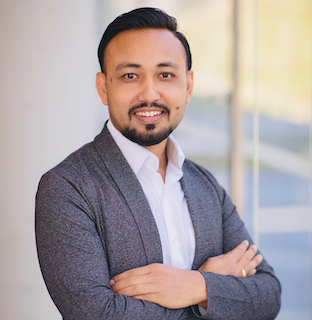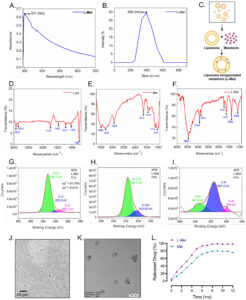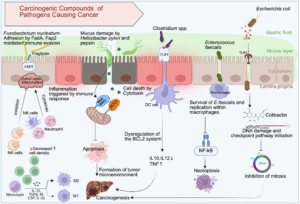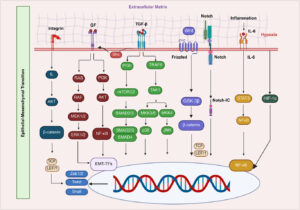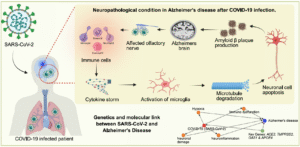Valuing respect and dedicating oneself to others is the key to living with dignity, as life encompasses more than just material wealth.
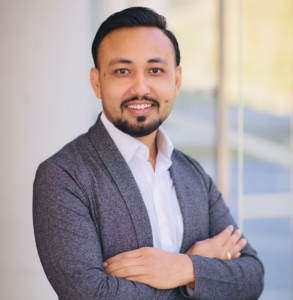
– My Journey in Science –
Myself: I am Rupendra Shrestha (or just say RD), and I was born into the loving embrace of Rudra Prasad Shrestha and Basanta Kumari Shrestha in the beautiful landscape of the Himalayas (popular for Sagarmatha– Mt. Everest) in Nepal. Growing up in the land of the Buddha and having been blessed by a Hindu goddess, I was profoundly influenced by the rich cultural heritage, social and peace-owning people, and stunning natural surroundings. Little was known that this environment would shape my future as a research fellow at the Albert Einstein College of Medicine in New York, USA.
Early Years and Academic Achievements: My educational journey began with a passion for unraveling the mysteries of life and a strong desire to contribute to the medical field. As I embarked on my academic journey, I discovered my true passion for science. Pursuing a Bachelor of Science in Laboratory Medicine provided me with hands-on experience and a solid foundation in clinical laboratory medicine. Building on my academic achievements, I sought practical application of my knowledge, served as an on-the-job trainee at the Department of Pathology, Bir Hospital, and completed an MLT internship at the National Public Health Laboratory (NPHL) in Nepal. This experience offered invaluable insights into the challenges and rewards of clinical laboratory practice.
Eager for personal growth, I pursued a Master of Science in Human Genetics program, deepening my understanding of the importance of genetic diagnosis in a clinical health setting. Seeking further professional development, I took on the role of a Clinical Molecular Geneticist at Manipal Hospital in India, where I contributed to the diagnosis of genetic disorders. These experiences have solidified my commitment to improving healthcare through research and innovation.
Unveiling the Power of Science and Illuminating the Path to Vision Science: Driven by an insatiable thirst for knowledge and an unwavering passion for scientific discovery, I embraced a new chapter in my life by pursuing a research fellowship at IBAB in India. I immersed myself in the captivating world of research and discovered my true potential in the field of science. Witnessing the boundless possibilities presented by scientific advancements in medicine, I decided to dedicate my career to exploring their applications in experimental and molecular medicine. These experiences paved the way for my next significant venture as a PhD scholar at Tzu Chi University in Taiwan.
To expand my knowledge and skills further, I started working on stem cells and ophthalmology at Tzu Chi University in Taiwan. My research has primarily focused on the utilization of human induced pluripotent stem cells (hiPSCs) to generate miniature eyes and retinal cells (RPE and RGC). Additionally, I investigated the transplantation of hiPSC-derived retinal pigment epithelium (RPE) cells in degenerative rat models. This groundbreaking work has significantly contributed to the field of retinal regenerative medicine.
Throughout my career, I have concentrated on utilizing retinal organoids to model various human retinal diseases such as RP, LCA, and glaucoma. While working at the Albert Einstein College of Medicine, I developed novel hESCs sublines carrying 15kbp monoallelic and biallelic deletions in the CRB1 gene, which served as models for retinal degeneration and investigated human retinal organoids. This research provides valuable insights into the mechanisms underlying CRB1-associated inherited retinal diseases. I have also been involved in groundbreaking work in which we established a unique model for tissue patterning and coordinated specification in CONCEPT telencephalon-eye organoids, aiming to guide RGC axon growth in humans. Furthermore, using a Six3/Six6 double-knockout mouse model, we mapped the single-cell transcriptome of multipotent retinal progenitors to unveil their cell identities and developmental trajectories. These findings have been published in the eLife journal and are available as a preprint in bioRxiv.
Advancing Careers in Eye Research: My unwavering dedication to the field of eye research has received recognition. One notable accomplishment was my contribution to the development of a synchronized protocol for generating cone-rich retinal organoids derived from human embryonic stem cells. This achievement led to our team being honored with the NEI Phase II Prize for the 3-D Retina Organoid Challenge. Additionally, I was awarded the “Fight for Sight 2022” grant, which supported my groundbreaking work on understanding the role of CRB1 in human eye development and inherited retinal degeneration.
My commitment to advancing my knowledge is further evident through multiple published studies in the areas of stem cells and ophthalmic research. In addition, I have actively participated in international conferences and meetings, where I have received travel awards to attend and present my findings and several presentation awards for my work. I have also been privileged to guide and nurture trainees and PhD students in their research journeys. By sharing my expertise and fostering my passion for scientific exploration, I aim to inspire the next generation of researchers.
In conclusion, my journey as a research scientist in the field of eye research is remarkable. It has been shaped by a deep love for science, drive to improve healthcare, and relentless pursuit of knowledge. I am grateful for the opportunities that have come my way, and I am excited to continue to make groundbreaking contributions to science.
Sincerely,
(RUPENDRA S, Ph.D.)

